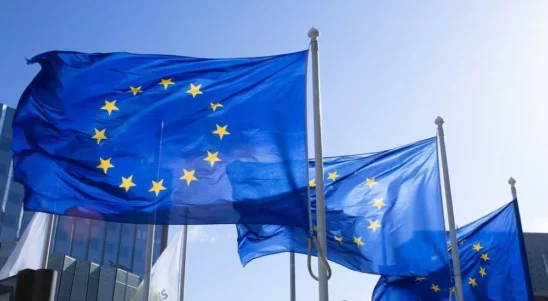There is a number of wrecks (eg. from WW-II) sunk in the South Baltic waters that require immediate action for preventing the large-scale marine pollution that can occur in the very near future. Respective authorities don’t plan yet adequate action to address this situation but further delay may worsen the case. This is because the potential release of large amounts of dangerous chemicals would lead to ecological disaster harming health, tourism and the economy along the coast.
Nowadays, there are some implemented techniques and methods for the treatment of chemically polluted surface waters, but the knowledge on remediation of underwater emissions (eg. from wrecks at the sea bottom) is scarce, and there are no such technologies available on the market. The surface waters cleaning technologies are based on physical and chemical treatment. Underwater methods rely mainly on costly pollution removal. New microbial methods (using endemic or mixed culture bacteria) are also being developed and will be studied in the project.
There is growing awareness (in Lithuania and Poland) of the WW-II ammunition burial (chemical weapon) at the very end of LT EEZ. The same area extends to Sweden EEZ and also Russia and Latvia – a serious threat as those heavy poisonous substances are in the tiny canisters of expired validity (i.e. can start leak any time).
The challenge/opportunity is to find the most appropriate approach to prevent this pollution in the near future. The project relates to Programme Measure 2.2: Promoting sustainable use of water and SO 2.2: Increased use of green technologies in order to decrease the pollution discharges in the South Baltic area because it directly influences the reduction of pollution in marine waters.

